Another month down, another catch up of what I’ve been reading. I surprised myself by getting through 14 books and enjoyed responding to some of them using Black Out poetry, for something a little different. Here’s what I got through.
Books for Children
 When Souls Tear, by Karen Ginnane (Penguin, 2022). I have been eagerly waiting for this one, since I read its predecessor, When Days Tilt. I wasn’t disappointed. Fantasy set between the two worlds of Victorian era London, and its shadow twin city, Donlon. A really satisfying sequel.
When Souls Tear, by Karen Ginnane (Penguin, 2022). I have been eagerly waiting for this one, since I read its predecessor, When Days Tilt. I wasn’t disappointed. Fantasy set between the two worlds of Victorian era London, and its shadow twin city, Donlon. A really satisfying sequel.
2.  Evie and Rhino, by Neridah McMullin, illustrated by Astred Hicks (Walker Books, 2022). This is a really endearing story of the bond between a very sad girl and a shipwrecked rhino. I celebrated this loveliness by writing a black out poem using one its pages – here and on Instagram.
Evie and Rhino, by Neridah McMullin, illustrated by Astred Hicks (Walker Books, 2022). This is a really endearing story of the bond between a very sad girl and a shipwrecked rhino. I celebrated this loveliness by writing a black out poem using one its pages – here and on Instagram.
3.  What About Thao? by Oliver Phommavanh (Puffin Books, 2022). I bought this book after I spent time with Oliver (and other wonderful creators) at the recent Scribblers festival. I knew it would be good, but I didn’t expect the unexpected bonus that a key plot point revolves around poetry, and the way writing and sharing poetry can help individuals make sense of the world, a as well as offering others at way to connect with our experiences. Very clever, and of course singing my song. So much so that I wrote another blackout poem on Instagram.
What About Thao? by Oliver Phommavanh (Puffin Books, 2022). I bought this book after I spent time with Oliver (and other wonderful creators) at the recent Scribblers festival. I knew it would be good, but I didn’t expect the unexpected bonus that a key plot point revolves around poetry, and the way writing and sharing poetry can help individuals make sense of the world, a as well as offering others at way to connect with our experiences. Very clever, and of course singing my song. So much so that I wrote another blackout poem on Instagram.
4.  Frank’s Red Hat, by Sean E. Avery (Walker Books, 2022). What’s not to love about a picture book filled with penguins and other arctic creatures? But throw in a red woolly hat and you have a truly adorable story about a penguin who has lots of ideas – not all of them good. But making hats proves to be most challenging of all. My little Murphling giggled her way through my reading of this, and loved trying to decide which hat she would like.
Frank’s Red Hat, by Sean E. Avery (Walker Books, 2022). What’s not to love about a picture book filled with penguins and other arctic creatures? But throw in a red woolly hat and you have a truly adorable story about a penguin who has lots of ideas – not all of them good. But making hats proves to be most challenging of all. My little Murphling giggled her way through my reading of this, and loved trying to decide which hat she would like.
5.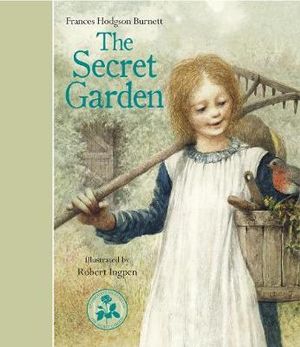 The Secret Garden, by Frances Hodgson Burnett (cover from an edition illustrated by Robert Ingpen, published by Walker Books, 2010). How lovely to rediscover a childhood favourite and realise it has stood the test of time – in most ways. There are some unfortunate racial and other stereotypes, which an adult sharing with a child should unpack, as a learning experience. I listened on audio, and hearing it read was just lovely, but I also own this amazing hardcover version, which is a treasure. And yes, I wrote another blackout poem in response, which you can find here
The Secret Garden, by Frances Hodgson Burnett (cover from an edition illustrated by Robert Ingpen, published by Walker Books, 2010). How lovely to rediscover a childhood favourite and realise it has stood the test of time – in most ways. There are some unfortunate racial and other stereotypes, which an adult sharing with a child should unpack, as a learning experience. I listened on audio, and hearing it read was just lovely, but I also own this amazing hardcover version, which is a treasure. And yes, I wrote another blackout poem in response, which you can find here
6.  Mars Awakens, by HM Waugh (Allen & Unwin, 2022). I love HM Waugh’s writing – and she is also a wonderful human being. I bought this book at the recent Scribblers Festival, where she was also appearing, and got it signed. And then, of course, I sat down and read it this month, and loved it. Set on a future Mars, where human intervention has made it habitable. Just. I can’t wait to read part 2 when it comes out and, in the meantime, wrote a blackout poem to celebrate its awesomeness.
Mars Awakens, by HM Waugh (Allen & Unwin, 2022). I love HM Waugh’s writing – and she is also a wonderful human being. I bought this book at the recent Scribblers Festival, where she was also appearing, and got it signed. And then, of course, I sat down and read it this month, and loved it. Set on a future Mars, where human intervention has made it habitable. Just. I can’t wait to read part 2 when it comes out and, in the meantime, wrote a blackout poem to celebrate its awesomeness.
7.  Hurricane Dancers, by Margarita Engle (St Martin’s Press, 2014). You know I love verse novels and, although I don’t remember who recommended this one, someone did and I went searching for a copy. And I was fascinated by it, and its tale of pirates, shipwrecks and culture set in the Caribbean.
Hurricane Dancers, by Margarita Engle (St Martin’s Press, 2014). You know I love verse novels and, although I don’t remember who recommended this one, someone did and I went searching for a copy. And I was fascinated by it, and its tale of pirates, shipwrecks and culture set in the Caribbean.
8.  Roar, Squeak, Purr, edited by Paula Green, illustrated by Jenny Cooper (Penguin, 2022). What’s not to love about a sumptuously illustrated hard cover anthology of animal poems? This is just wonderful, with poems about animals well known and lesser known, and, since it’s out of New Zealand, animals unique to there as well. I read it cover to cover but will be following up by dipping in and out.
Roar, Squeak, Purr, edited by Paula Green, illustrated by Jenny Cooper (Penguin, 2022). What’s not to love about a sumptuously illustrated hard cover anthology of animal poems? This is just wonderful, with poems about animals well known and lesser known, and, since it’s out of New Zealand, animals unique to there as well. I read it cover to cover but will be following up by dipping in and out.
9.  Where I Live, by Eileen Spinelli (Dial Books, 2007). I read about this one in a Poetry Friday post a while back, and then had difficulty tracking down a copy. Luckily it was available as an ebook, so I was able to read it. A lovely little story in verse about friendship, moving home, unemployment and poetry.
Where I Live, by Eileen Spinelli (Dial Books, 2007). I read about this one in a Poetry Friday post a while back, and then had difficulty tracking down a copy. Luckily it was available as an ebook, so I was able to read it. A lovely little story in verse about friendship, moving home, unemployment and poetry.
Books for Young Adults
 The Comedienne’s Guide to Pride, by Hayli Thomson (Harper Collins, 2022). I picked this up on a whim because I loved the cover, and really enjoyed it. The story of Taylor, in her final year of high school and navigating her journey to coming out to family and friends – made more urgent by the fact she has secretly entered a contest open to diverse writers.
The Comedienne’s Guide to Pride, by Hayli Thomson (Harper Collins, 2022). I picked this up on a whim because I loved the cover, and really enjoyed it. The story of Taylor, in her final year of high school and navigating her journey to coming out to family and friends – made more urgent by the fact she has secretly entered a contest open to diverse writers. Little Wing, by Joanne Horniman (Allen & Unwin, 2006). I read and reviewed this book when it first came out and it has sat on my shelves ever since. I am in a process of deciding what to keep and what to cull from my collection – and one of the perils of this is the desire to reread everything. Having reread this one, I suspect I will be keeping it.
Little Wing, by Joanne Horniman (Allen & Unwin, 2006). I read and reviewed this book when it first came out and it has sat on my shelves ever since. I am in a process of deciding what to keep and what to cull from my collection – and one of the perils of this is the desire to reread everything. Having reread this one, I suspect I will be keeping it.
Books for Adults
 Book Lovers, by Emily Henry (Penguin, 2022). After reading some fairly grim reads for adults in September, I was determined to read something lighter and happier in October, and this was a goof choice. A romance, about the building tension between a literary agent and an editor, but with themes of family expectations, siblings and grief. I enjoyed this – listening on Audible on car trips.
Book Lovers, by Emily Henry (Penguin, 2022). After reading some fairly grim reads for adults in September, I was determined to read something lighter and happier in October, and this was a goof choice. A romance, about the building tension between a literary agent and an editor, but with themes of family expectations, siblings and grief. I enjoyed this – listening on Audible on car trips. Jack Charles: Born-Again Blakfella, by Jack Charles (Audible). What a privilege to be able to listen to Uncle Jack Charles tell his story. This is definitely a case where I am sure the audiobook would be preferable tot he written one – just for the experience of hearing the author. And I read this following his recent death which made even more of a privilege, albeit a sad one. I learnt a lot, and was reminded of just how far we have to go towards anything redressing the wrongs of the past and building a fair, equitable country.
Jack Charles: Born-Again Blakfella, by Jack Charles (Audible). What a privilege to be able to listen to Uncle Jack Charles tell his story. This is definitely a case where I am sure the audiobook would be preferable tot he written one – just for the experience of hearing the author. And I read this following his recent death which made even more of a privilege, albeit a sad one. I learnt a lot, and was reminded of just how far we have to go towards anything redressing the wrongs of the past and building a fair, equitable country. To My Country, by Ben Lawson, illustrated by Bruce Whatley (Allen & Unwin, 2020). When Bruce Whatley talked about this book in one of his sessions at the CBCA conferences earlier this year, I knew I had to have it. It is a poetic response by an expatriate Australian, about his love of Australia and his heartbreak at watching it suffer as a result of global warming. It is poignant, and a call to action, stunningly illustrated by Whatley. Although I listed it here as a book for adults, the teacher in me could see a whole series of lessons interrogating the text, and perhaps contrasting with a poem such as Dorothea Mackellar’s ‘My Country’.
To My Country, by Ben Lawson, illustrated by Bruce Whatley (Allen & Unwin, 2020). When Bruce Whatley talked about this book in one of his sessions at the CBCA conferences earlier this year, I knew I had to have it. It is a poetic response by an expatriate Australian, about his love of Australia and his heartbreak at watching it suffer as a result of global warming. It is poignant, and a call to action, stunningly illustrated by Whatley. Although I listed it here as a book for adults, the teacher in me could see a whole series of lessons interrogating the text, and perhaps contrasting with a poem such as Dorothea Mackellar’s ‘My Country’.
This brings me to a total of 142 books for the year to date – eleven shy of my goal. I think I might get there. What have you been reading?
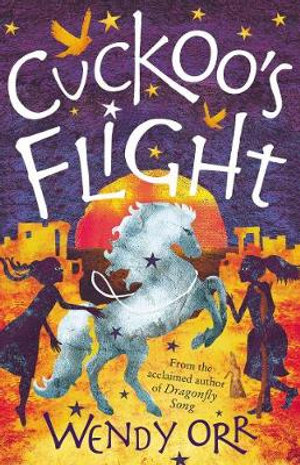 Cuckoo’s Flight
Cuckoo’s Flight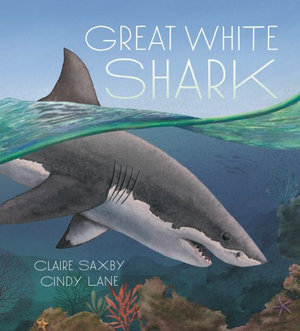
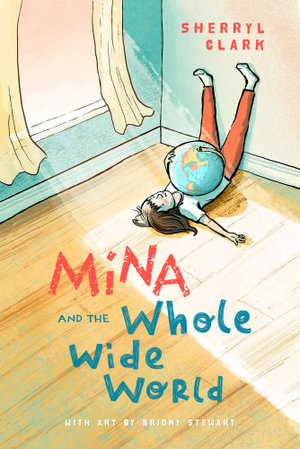 Mina and the Whole Wide World,
Mina and the Whole Wide World, Are You There, Buddha
Are You There, Buddha Leilong the Library Bus
Leilong the Library Bus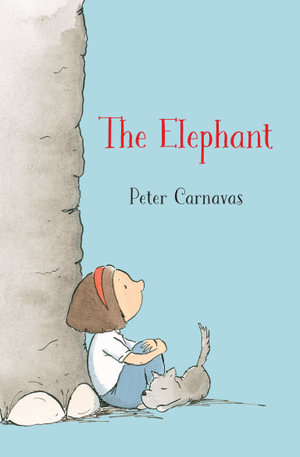 The Elephant
The Elephant Exit Through the Gift Shop
Exit Through the Gift Shop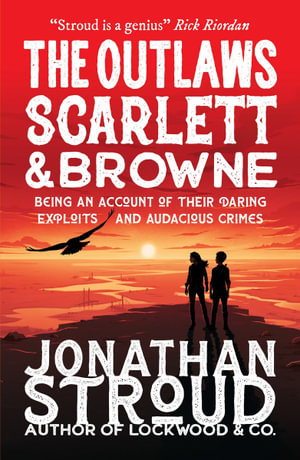 The Outlaws
The Outlaws Find Us
Find Us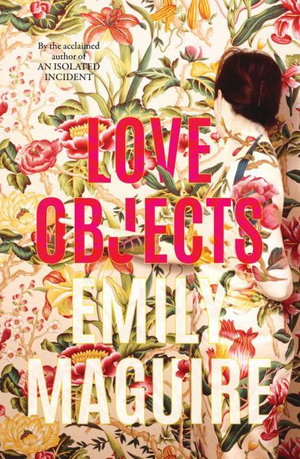 Love Objects,
Love Objects,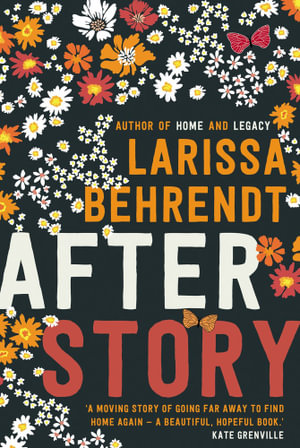 After Story
After Story The Midnight Library
The Midnight Library Our Home, Our Heartbeat
Our Home, Our Heartbeat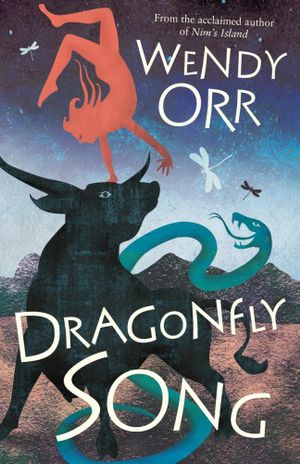 Dragonfly Song
Dragonfly Song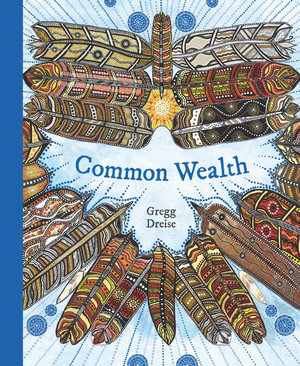 Common Wealth
Common Wealth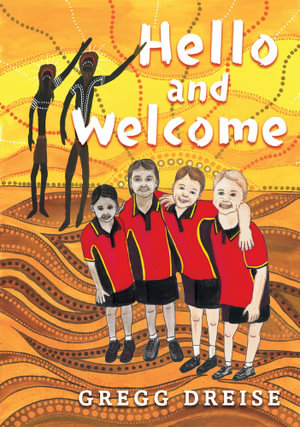 Hello and Welcome
Hello and Welcome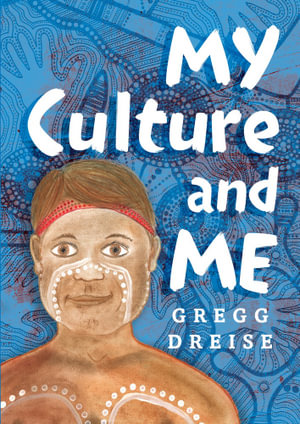
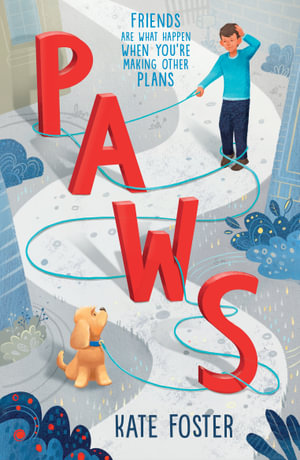
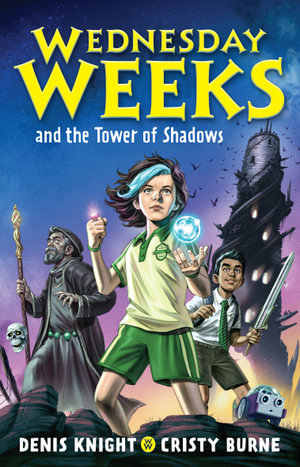 W
W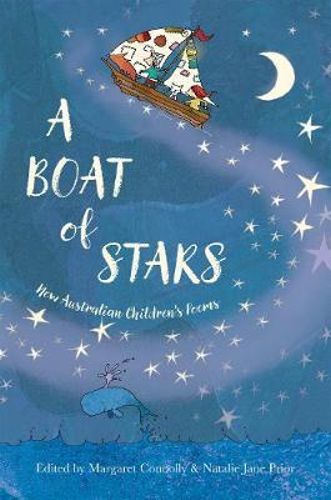 A Boat of Stars, edited
A Boat of Stars, edited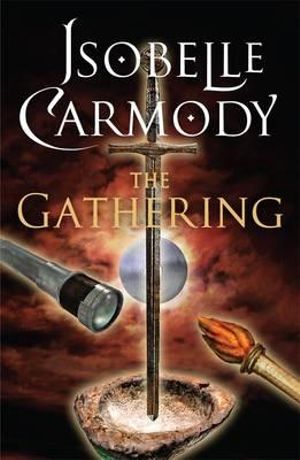 The Gathering,
The Gathering,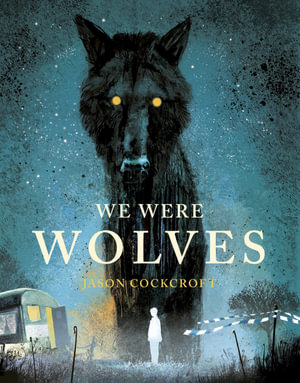 We Were Wolves
We Were Wolves The Little Boat on Trusting Lane
The Little Boat on Trusting Lane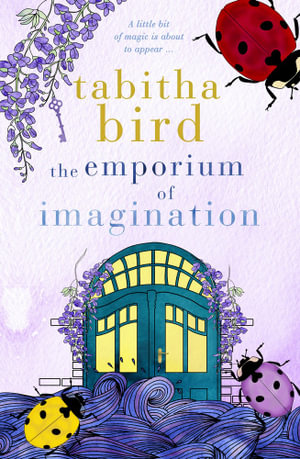 The Emporium of Imagination
The Emporium of Imagination The Night Village
The Night Village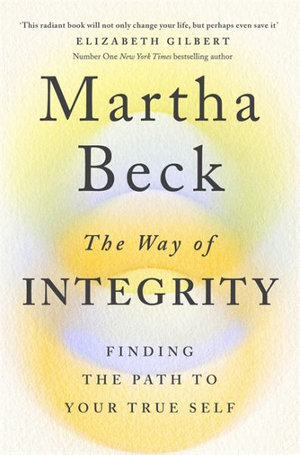 The Way of Integrity
The Way of Integrity Poems That Do not Sleep
Poems That Do not Sleep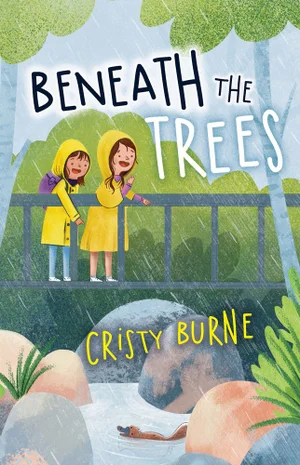
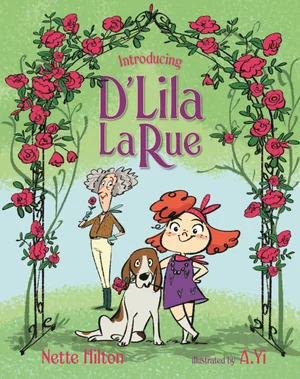

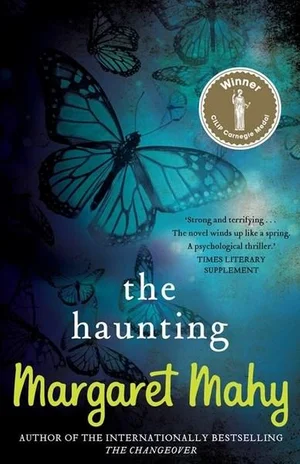 The Haunting
The Haunting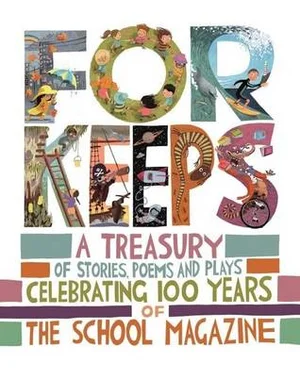 For Keeps: A Treasury of Stories Poems and Plays Celebrating 100 Years of The School Magazine
For Keeps: A Treasury of Stories Poems and Plays Celebrating 100 Years of The School Magazine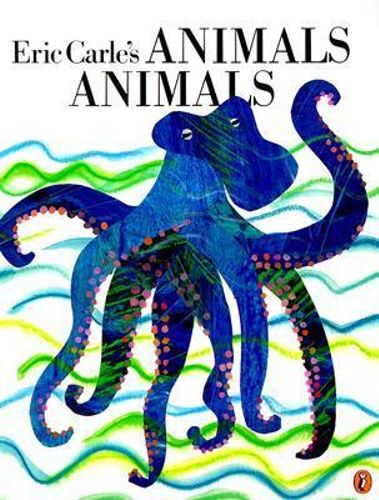 Eric Carle’s Animals Animals
Eric Carle’s Animals Animals


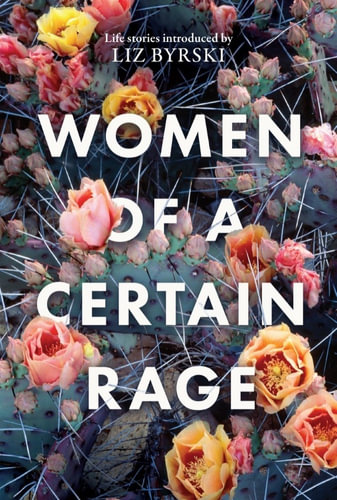 Women of a Certain Rage
Women of a Certain Rage



 Pablo Neruda: Poet of the People
Pablo Neruda: Poet of the People novel for the year, and also the second by Herrick. What a treat. I’ve read this one before – several times – but it continues to please. With topics including first love, teen hormones and the grief of an absent parent, it’s no surprise that this book is both poignant and funny. Hard to believe it was first published 15 years ago, but not hard to believe it is still in print.
novel for the year, and also the second by Herrick. What a treat. I’ve read this one before – several times – but it continues to please. With topics including first love, teen hormones and the grief of an absent parent, it’s no surprise that this book is both poignant and funny. Hard to believe it was first published 15 years ago, but not hard to believe it is still in print. Herrick book of the year, and another reread, for a database project I’m working on with the Australian Centre for Children’s Literature (more on this soon). Joan is navigating high school, first love, and the breakdown of his parents’ marriage. His best mate Manx is there at his side, though he has problems of his own. As with most of Herrick’s work, this is humorous as well as touching.
Herrick book of the year, and another reread, for a database project I’m working on with the Australian Centre for Children’s Literature (more on this soon). Joan is navigating high school, first love, and the breakdown of his parents’ marriage. His best mate Manx is there at his side, though he has problems of his own. As with most of Herrick’s work, this is humorous as well as touching.
 UK, 2019). This debut written collection by a UK spoken-word poet is suitable for teens and adults, and explores complex topics. I especially connected with poems about writing, and being willing to write, as well as those about grief.
UK, 2019). This debut written collection by a UK spoken-word poet is suitable for teens and adults, and explores complex topics. I especially connected with poems about writing, and being willing to write, as well as those about grief. (Audible, 2020). This one was a free download from Audible, and not what I’d normally choose for myself – which is why I listened to it. It’s good to try new things, and at less than three hours listening time, this was a quick read, telling the story of a marriage in trouble after the narrator, Cam, realises his wife has been having an affair. Contemporary fiction, with enough twists and turns to keep it moving, and an interesting look at marriage and family.
(Audible, 2020). This one was a free download from Audible, and not what I’d normally choose for myself – which is why I listened to it. It’s good to try new things, and at less than three hours listening time, this was a quick read, telling the story of a marriage in trouble after the narrator, Cam, realises his wife has been having an affair. Contemporary fiction, with enough twists and turns to keep it moving, and an interesting look at marriage and family. from Audible (they offer a free title each month, and I have found this a good way to read different genres). This is the second in a detective series, featuring detectives Jackman & Evans, but, as with other similar series, stands alone. The case they are working , ostensibly searching for two missing girls, becomes really unsettling, but is well woven. I mainly listen to audio books when driving, but this one absorbed me enough that I had to keep listening when at home.
from Audible (they offer a free title each month, and I have found this a good way to read different genres). This is the second in a detective series, featuring detectives Jackman & Evans, but, as with other similar series, stands alone. The case they are working , ostensibly searching for two missing girls, becomes really unsettling, but is well woven. I mainly listen to audio books when driving, but this one absorbed me enough that I had to keep listening when at home.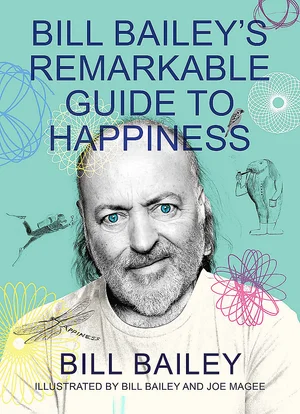 Christmas gift from my wise big sister, Mary, who felt it was just the kind of book we needed in these times. And she was right. Bill Bailey is a comedian and a clever person, and the book is not a ‘how to be happy’ books, but perhaps a reminder that happiness is never permanent, and can be found in moments. It also led to me writing a poem about happiness, which I posted
Christmas gift from my wise big sister, Mary, who felt it was just the kind of book we needed in these times. And she was right. Bill Bailey is a comedian and a clever person, and the book is not a ‘how to be happy’ books, but perhaps a reminder that happiness is never permanent, and can be found in moments. It also led to me writing a poem about happiness, which I posted 